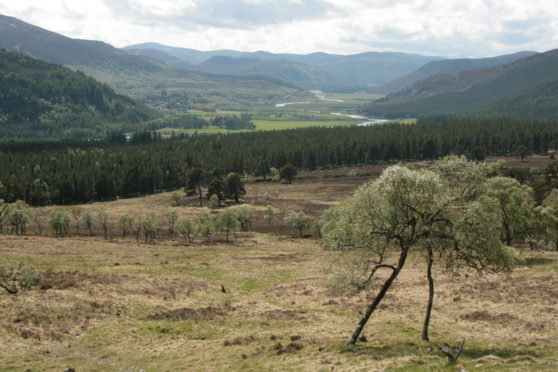A leading conservation expert has called on Cairngorm landowners to work together to help enhance the national park over the next decade.
Dr Pete Mayhew is a director of Conservation and Visitor Experience (CVE) at the park and has announced plans to safeguard and improve the area.
The CVE is a government agency in charge of trying to promote national heritage work.
The projects focus on three different aspects, ranging from restoring the woodlands to coming up with the best methods to look after the threatened wildlife species that reside in the area.
But Mr Mayhew has said that the while his organisation will be there to help, it is up to landowners to work together to implement the positive changes.
“As a government agency we are trying to take forward some projects that will positively enhance the park, and we are going to sit with these people to try and discuss these plans,” he said.
“Hopefully they will listen to each other and work in partnership to progress these proposals.”
One of the aims is to help preserve threatened species with a quarter of the wildlife living in the region classed as at risk of extinction.
It is thought that 90% of Britain’s population of capercaillies reside in the Cairngorms.
The park is also one of only a couple of places left in the country where pine hoverflies can be seen.
Cairngorms Connect is another proposal put forward by the CVE. It brings together a partnership of neighbouring landowners, including the RSPB and Scottish National Heritage (SNH) to enhance the landscape of the park.
It is the biggest habitat restoration project in Britain encompassing 230 square miles of land dedicated to wildlife.
They will be working together to control deer numbers to allow forests to expand, naturalise rivers and try to restore huge tracts of peatland, which will benefit the animals of the park massively.
The Cairngorms National Park is the largest of its kind in Britain, and Mr Mayhew is hoping that these plans will be a major benefit to the site in the future.
He said: “Hopefully these projects will enhance and develop the park over the next decade and make it more valuable to all the wildlife that live there.”
